Method of Finding the value/Meaning of codes of capacitor
• Ceramic disc capacitors have two to three-digit codes printed on them.
• The first two numbers describe the value of the capacitor and the third number is the number of zeros in the multiplier.
• When the first two numbers are multiplied with the multiplier, the resulting value is the value of the capacitor in picofarads.
• If there is only two numbers, it means there is no multiplier, Then you just read the value of the first two numbers in picofarads.
• If any capacitor has 10 printed on it- Then its value is 10 PF
• When Any capacitor has 104 printed, It has a multiplier of 4 (Third number of code ). 10 is multiplied by 10×104 =10000. Then its value is 10×10000= 100000PF
Capacitor code calculator
Code to Value Converter

Value to Code Converter

Capacitor code table/chart
Here is a Table of most used Codes of Ceramic Capacitor and their unit conversion in Micro, Nano, and Picofarad
Capacitor value chart
Also Try– Capacitor Unit converter
——————————————————————-
Capacitor coding system explained
The last number is the power of 10 and multiply with the first two no.
If a capacitor has 682 code – first check the last no, here the last no is 2. Now the multiplier is 102
For example—
- 204 = 20×104 = 200000 PF
- 472 = 47×102 = 4700 PF
- 502 = 50×102 = 5000 PF
- 330 = 33×100 = 33 PF [100 = 1]
Must Read – Resistor color code calculator
UNITS—
- 1000 nanofarad(nF) = 1 microfarad(µF)
- 1 picofarad = 10-12farads.
- Nano= 10-9
- Micro= 10-6
- 1 Nano Farad= 10-9 Farad
- 1 Microfarad (µF)= 10-6 Farad
1 nF = 1000 pF
1 pF = 0.001 nF
Example:
convert 15 nF to pF:
15 nF = 15 × 1000 pF = 15000 pF
Codes of Polyester Film and Metallized Film Capacitor
If a capacitor is marked with 2A474J, the capacitance is decoded as described above, the two first signs is the voltage rating and can be decoded from the table given below here. 2A is a 100VDC rating according to the EIA (Electronic Industries Alliance) standard.
A second letter will be a temperature coefficient if it’s present.
Some capacitors are only marked as 0.1 or 0.01, mostly in these cases the values are given in uF.
Some small capacitance capacitors can be marked with an R between numbers. If the code is 3R9 then R is an indicator of values Less than 10pF and has nothing to do with resistance. 3R9 would be 3.9pF
Capacitor voltage code table
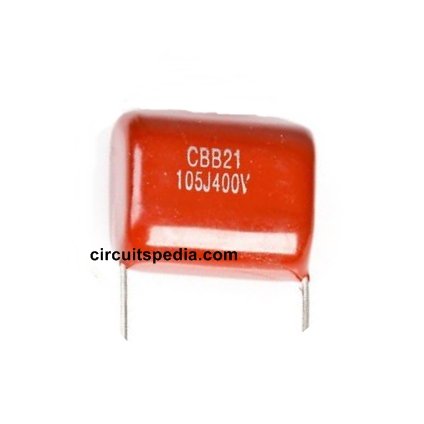 105J = 10×105 = 1000000pf = 1000nf = 1.0uf
105J = 10×105 = 1000000pf = 1000nf = 1.0uf
j = +/- 5% Tolerance
104 = 10×104 = 100000pf = 100nf = 0.1uf
j = +-5% Tolerance
2A= 100VDC voltage rating
FAQ: Capacitor Code Values
Q: What are capacitor code values?
A: Capacitor code values are used to represent the capacitance value of a capacitor component. Capacitors are electronic components that store and release electrical energy. The code values help in identifying the capacitance value of a capacitor without having to write the full value in Farads.
Q: How are capacitor code values expressed?
A: Capacitor code values are typically expressed using alphanumeric codes, color codes, or a combination of both. These codes are imprinted on the surface of the capacitor or its packaging.
Q: What is the most common type of capacitor code value?
A: The most common type of capacitor code value is the three-digit code, which represents the capacitance in picofarads (pF). For example, a capacitor with the code “104” indicates a capacitance of 10,000 pF or 10 nF.
Q: How do I interpret a three-digit capacitor code value?
A: In a three-digit capacitor code, the first two digits represent the significant figures, and the third digit represents the multiplier. To determine the capacitance, combine the first two digits and multiply them by 10, raising the power of the third digit. For example, a code of “104” translates to 10 x 10^4 pF = 10,000 pF or 10 nF.
Q: Are there other types of capacitor code values?
A: Yes, apart from the three-digit code, there are other code systems used for capacitors. These include four-digit codes (where the first three digits represent significant figures and the fourth digit represents the multiplier), alphanumeric codes, and color codes. Each system has its own conventions and may be used for specific types of capacitors.
Q: Can I determine the capacitance directly from color codes?
A: Yes, color codes are used for certain types of capacitors, such as tantalum capacitors and electrolytic capacitors. Each color represents a specific numerical value, and by reading the color bands on the capacitor, you can determine the capacitance. However, it is important to refer to a color code chart or the manufacturer’s documentation to correctly interpret the values.
Q: What if I cannot find the capacitor code or its value is unreadable?
A: If you are unable to find the capacitor code or if it is unreadable, you can measure the capacitance using a capacitance meter or a multimeter with a capacitance measurement function. Alternatively, you can consult the manufacturer’s datasheet or seek assistance from an electronics professional.
Q: Can I substitute a capacitor with a different capacitance value?
A: Generally, it is recommended to use capacitors with the specified capacitance values for a circuit. Substituting a capacitor with a significantly different capacitance can impact circuit performance. However, in certain cases, small deviations may be acceptable depending on the circuit application and tolerance specifications.
Also Read
-
LM317 IC Voltage regulator resistor calculator
-
How does capacitor block DC and pass AC
-
AC-DC Fan Regulator circuit
-
What is 555 Timer
-
Logic gates (AND, OR, NOR, NAND)
-
High voltage protection circuit (Autocut)
-
Active, Passive, Linear, Non-linear Unilateral, Bilateral

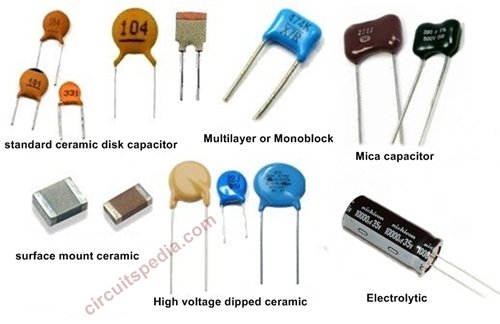
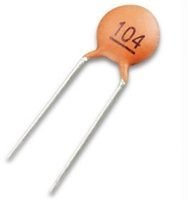
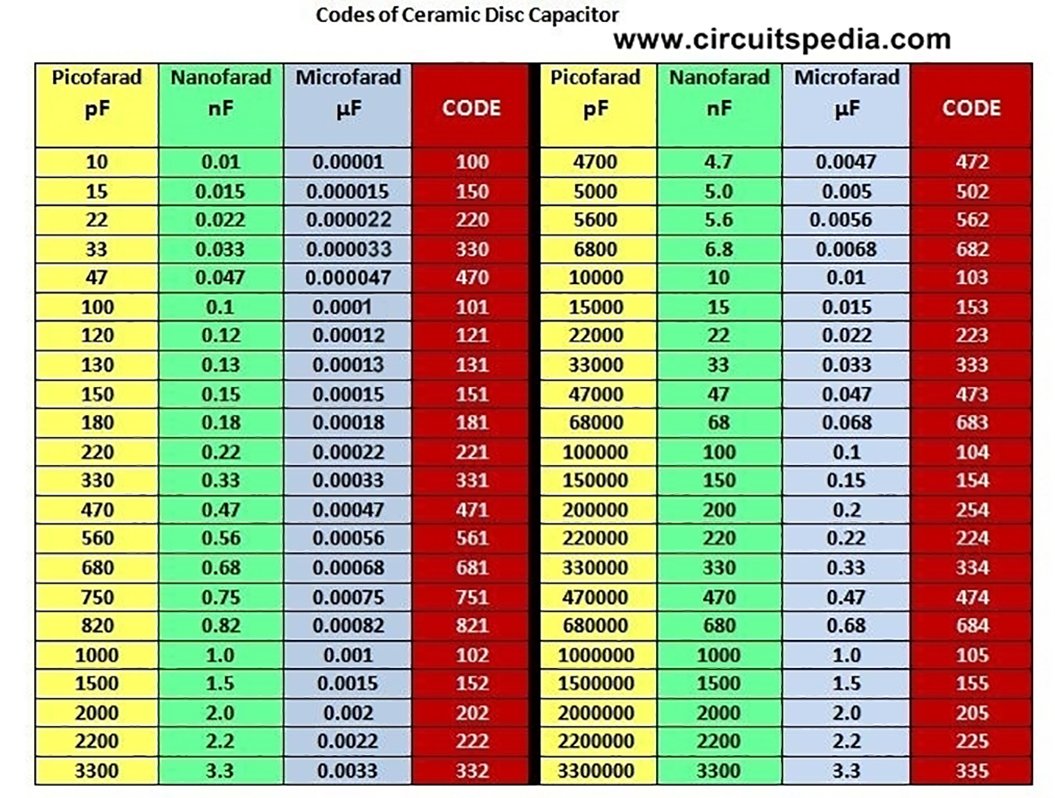
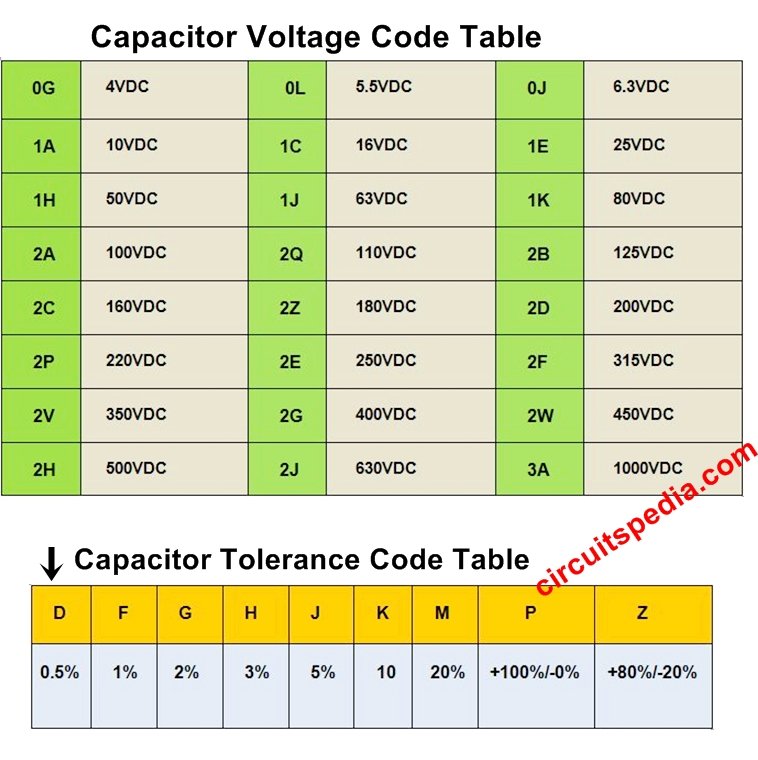
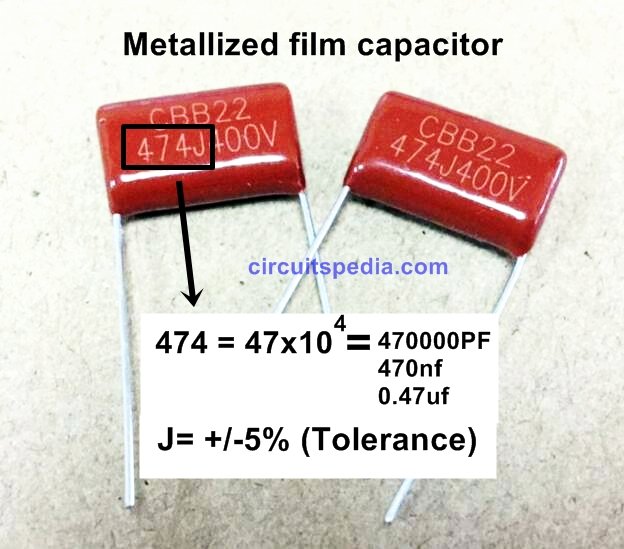
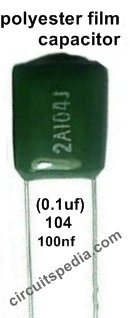

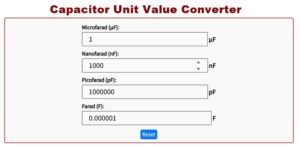
can u please tell how to identify the values of smd ceramic chip capacitors
What would the capacitance be for a small through-hole ceramic cap with the code B21 and a horizontal under the code?
B21 (CBB21) is not capacitor value, this is material specification of capacitor given by manufacturer.
CBB21 denoted Metalized Polypropylene Film capacitor, This is also a type ceramic capacitor
Very interesting information!Perfect just what I was looking for!
This is a great tip especially to those new to the blogosphere. Simple but very precise info… Appreciate your sharing this one. A must read post!
“502=52×10^2”
Wouldn’t 502 become 50×10^2?
Yes, you are right.
I am sorry for the mistake.
This mistake is now corrected
Hi, I have a polyester film capacitor like the one you are showing here in green colour but mine is red and same shape.
Marking is:
104K
100N 100V? N?
104K I know now but the 100N under I can’t decipher. Is it 100V? but the N is still puzzling me. I can’t find on the web any cross for the bottom code.
The top of the cap shows darker edge of the coiled film through the red paint (not cracked) and I don’t see it on any others.
Thanks in advance.
Hi, Thanks for the content. There is an error on the ceramic capacitors code table.
5.6nF should be 0.0056uF instead of 0.056uF.
Now, this is corrected.
Thanks for this
Is it possible that you’ve misread the code, and it actually reads 821? That would make sense on a ceramic capacitor, and it would have the value 820 pF.
I loved your post.Really looking forward to read more. Fantastic.
Hello, I think your website might be having
browser compatibility issues. When I look at your website in Opera, it looks fine but when opening in Internet Explorer,
it has some overlapping. I just wanted to give you a
quick heads up! Other then that, amazing blog!
The article provides a clear overview of current research and different perspectives on the issue. It provides a good starting point for those who want to explore the topic in more detail
Very descriptive article, I liked that bit. Will there be a part 2?
Я не могу не отметить качество исследования, представленного в этой статье. Автор использовал надежные источники и предоставил нам актуальную информацию. Большое спасибо за такой надежный и информативный материал!
What’s up, after reading this remarkable piece of writing i am also glad to share my familiarity here with colleagues.
Статья содержит релевантную информацию, актуальную для современной обстановки.